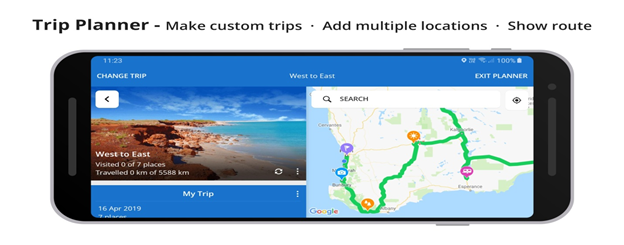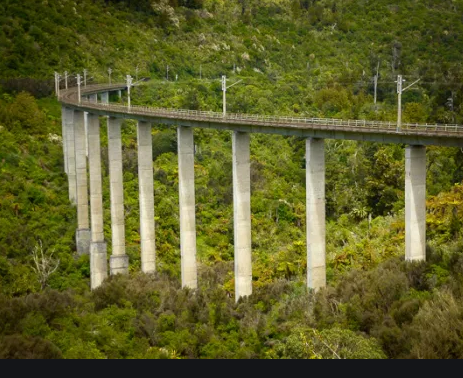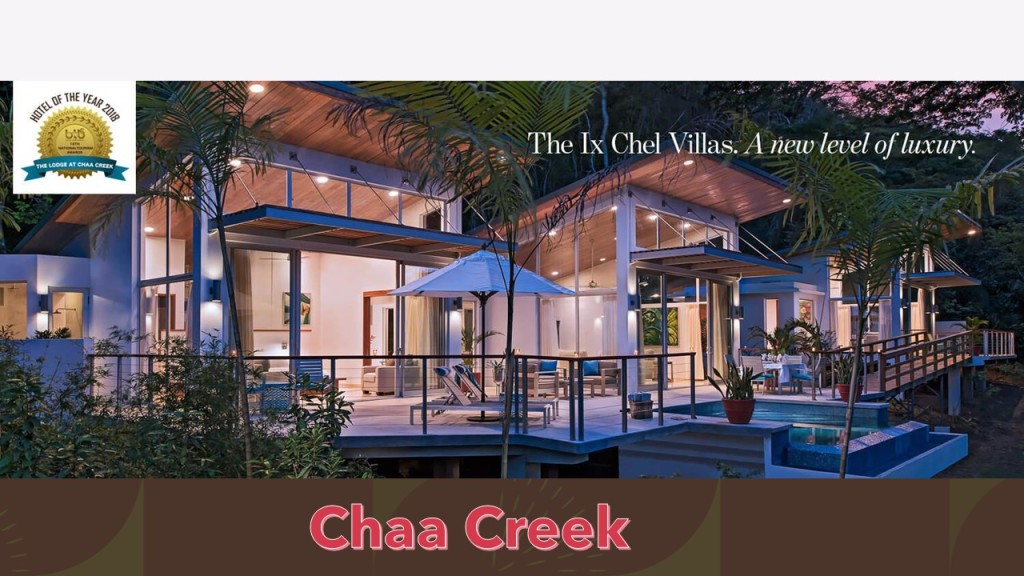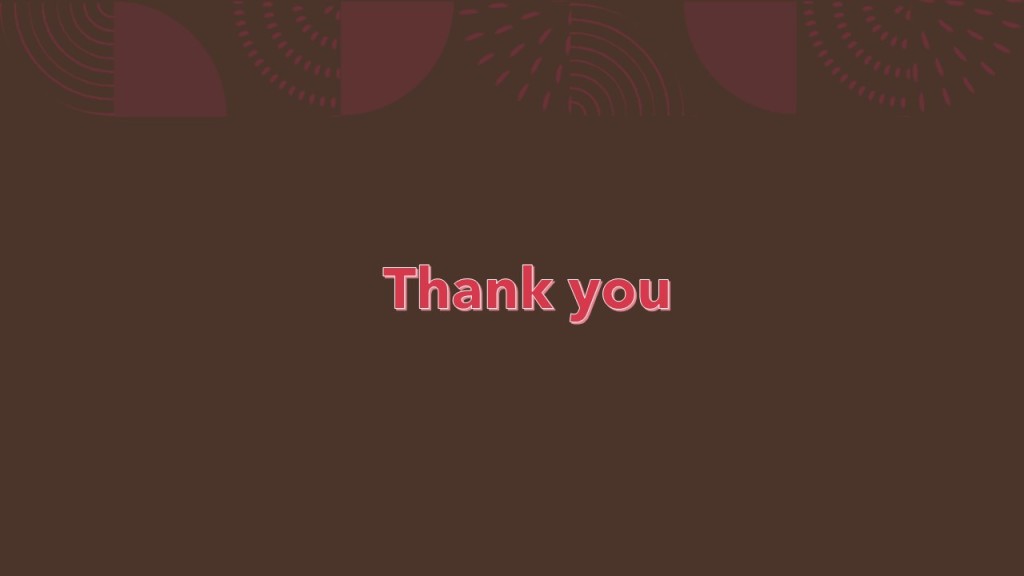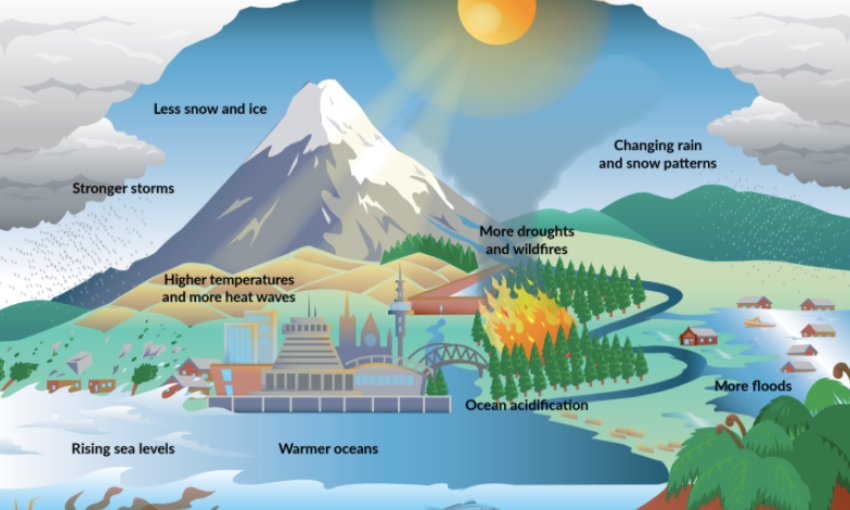Summary
Climate change can be described as the emission of greenhouse gases by human beings thereby leading to adverse long-term change in weather patterns. Climate change led to the concept of sustainability thus they are intertwined. Sustainability can be defined as the actions and processes by which mankind adopts to deviate from natural resource depletion and in a bid to ensure a balance in ecology doesn’t allow the quality of life of the life of modern society to dwindle.


To achieve sustainability, corporate and social responsibility is mandatory. Thus sustainable tourism can be described as the process involved in the conservation of people’s cultural and natural heritage, tackling environmental concerns, empowering the local communities, fostering peace and intercultural understanding, and combating climate change. Mass tourism is key to the growth of the tourism industry but if left unchecked, it leads to overcrowding thus threatening the natural and cultural heritage of stakeholders. Stakeholders are third parties who are affected or can affect a business; in tourism, the host communities are the major stakeholders. Thus, the tourism industry should ensure that they practice sustainable travel and technology thus ensuring that they don’t contaminate the natural environment by increasing the carbon footprint. This can be achieved through the use of green technology. (Higgins-Desbiolles, 2018).
Discussion
The Statue of Unity is a major tourist destination in India. It is a cosmic statue which is a representation of Vallabhbhai Jhaverbhai Patel who was an independence activist and statesman, and also the first deputy prime minister of post-colonial India. It is the world’s tallest statue standing at 182 meters. The statue is located in the state of Gujarat, on the Narmada River in the Kevadiya colony. In its first 11 days of unveiling to the public on the 1st of November of 2018, it attracted over 128,000 tourists.
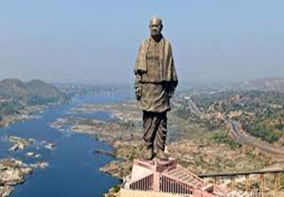

Until November 2019, the daily average tourist footfall was 15,036 outdoing the statue of liberty which averaged 10,000 visitors in the same period. It brings people and cultures together which enhances socio-cultural and economic development. Like most other parts of the world, India was also adversely affected by the covid-19 virus thus need to adopt mitigation measures to curb its spread. One of the measures that were adopted was the closing of the Statue of Unity from the general public. Prior to October 17th, the statue was had been closed for seven months. (Mittal, et al 2020). Reopening and reimaging tourism in the Kevadiya Colony will entail managing their recovery in a manner that is attractive and safe for tourists, and one that is viable economically. Given the world is still struggling with the covid-19 virus, the Kevadiya Colony has introduced mitigation and safety measures for its major tourist attraction which is the Statue of Unity. This will involve three steps; that is, responses, restart and reimagine.
Response involves measures taken during the covid-19 period. According to their website, the number of allowed tourists’ entrants into the venue per day was limited to only 2500 people. Also, visitors to the viewers’ gallery at 153 meters will be limited to 500. Booking of tickets will also be done strictly online on their website to reduce human contact. The entry of visitors was permitted in slots of two hours and every visitor should be present 15 minutes prior to their slot to avoid crowding. Wearing masks and face covers is mandatory and there will be no group photography within the premises.


Vehicles will also be parked in designated areas and tourists should adhere to the time limits inside the attraction. Finally, all tourists visiting the site must have a mandatory thermal and hygiene scanning provision. However, these measures are only temporary and it will need more permanent post-covid 19 measures to reimagine tourism in the province. This is where restarting comes in as measures to adopt post-covid. The domestic tourist market will be the first to bounce back. Thus, should undertake domestic tourism marketing campaigns to engage local tourists. (Kumar, 2016). The second step is making bilateral agreements for international travel bubbles thus allowing free movement of international tourists from selected countries. The final step will involve adapting marketing messages to emphasize remoteness and safety. This will be finally followed by reimaging that will also ensure that tourism is redeveloped in Kevadiya. Reimaging involves various strategies with the first one being strengthening tourism commitment to supporting conservation. This will promote sustainable tourism by emphasizing improved connectivity and sustainable transport, adding a dollar or two for tourists that will go to conservation of the local environment and other community projects.

As said earlier, over-tourism is disastrous, and thus reimaging involves adopting measures that will curb over-tourism. (Dodds & Butler, 2019). Finally, the colony should ensure that it listens to the grievances of stakeholders (local community) thus putting tourism on their terms while also addressing their grievances.
References
Dodds, R., & Butler, R. (Eds.). (2019). Overtourism: Issues, realities and solutions (Vol. 1). Walter de Gruyter GmbH & Co KG.
Higgins-Desbiolles, F. (2018). Sustainable tourism: Sustaining tourism or something more?. Tourism management perspectives, 25, 157-160.
Kumar, N. R. (2016). Significance of domestic tourism in India as a major revenue generator. Asia Pacific Journal of Research, 1(38), 6-9.
Mittal, C., Parihar, R., Haaris, S., & Nagaria, M. P. (2020). Statue of Unity-Symbol of Pride or Wastage of Public Money. Tathapi with ISSN 2320-0693 is an UGC CARE Journal, 19(2), 310-319.








